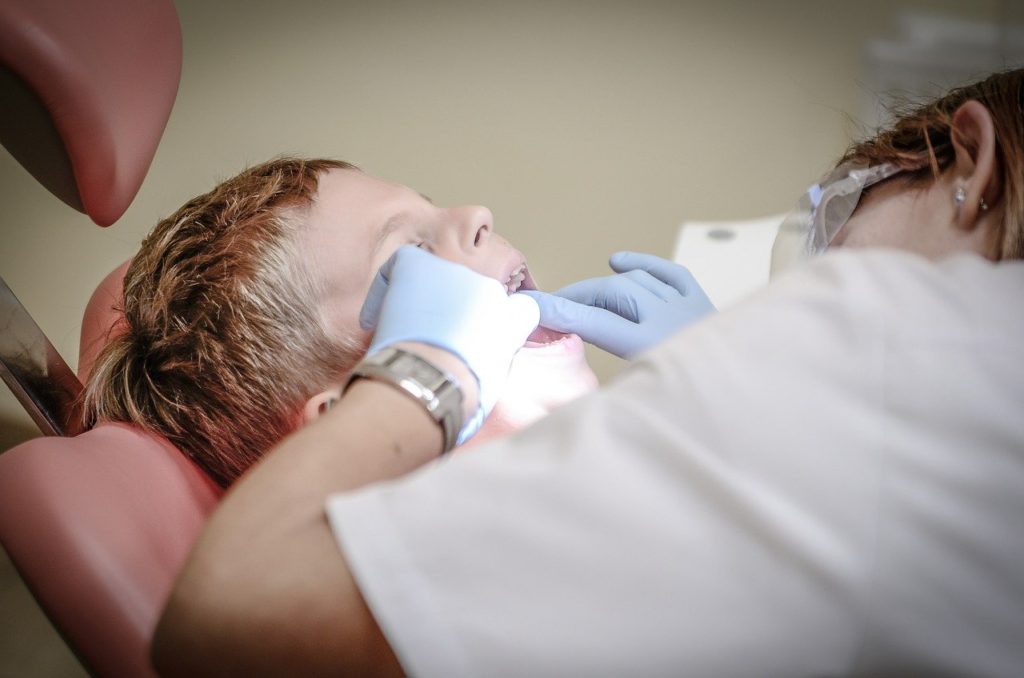Because they function in the same way as your natural teeth, dental implants are often a better solution than dentures for missing teeth. Implants work well and can last a lifetime, but getting them is a lengthy process. This is because your body will need time to heal between the implant process steps.
The Consultation
Before doing anything else, your dentist will talk to you about dental implants and help you decide if they’re right for you. If you decide to move forward with dental implant surgery, your dentist and oral surgeon will take several x-rays of your mouth, some of which will create a three-dimensional image.
Ask what dental labs for dentures they use, because that can be a big indicator of the quality of the facility.
Bone Grafting
If your x-rays show that your jawbone is solid and stable, your next step will be the implant surgery itself. If not, your dentist will need to do a bone graft. Just like your natural teeth, dental implants will fall out if the jawbone fails to hold them securely in place. If your jawbone is lacking, you’ll need to undergo a bone graft.
In this procedure, an oral surgeon will take bone from your hip or another part of your body and insert it into your jaw. He may also choose to use cadaver bone rather than bone from a donor site on your body.
You will be asleep for this procedure. When you wake up, expect to have stitches in your mouth and, if applicable at your donor site. You may also experience some minor bleeding and swelling at the surgical site. Ice packs and over the counter pain relievers will get you through any discomfort you feel.
After surgery, your dentist will give your new bone time to heal and fuse with your existing jawbone. This process can take several months. In the meantime, you can leave the area empty or, if you’re missing a front tooth, wear a denture or plate to hide your missing tooth.
Implant Surgery
After taking a few more x-rays to make sure your bone graft is ready, your doctor will schedule your dental implant procedure. This procedure, too, will happen while you’re blissfully asleep.
During the surgery, your oral surgeon will open your gums and expose your jawbone. He will then drill a hole in the bone and place the implant. Again, you’ll awake from surgery with oral stitches and may experience some minor bleeding and swelling. Your doctor will prescribe pain medication as needed and may direct you to eat soft foods for the next few weeks.
Once again, you’ll find yourself playing the waiting game. As before, your body will need several months of healing time. During this time, your jawbone and the dental implant will fuse together, holding your implant firmly in place. While you’re waiting for this to happen, you will be able to wear your denture as before.
Placing the Abutment
When your dentist believes that your jawbone and dental implant have fused together, you’ll need one more minor surgery. This time your doctor will open your gums around your implant to expose its tip. He’ll then install an abutment on the tip of your implant and close your gums around but not over the abutment.
The abutment is the part of the implant that sticks out of your gums and it’s where the doctor will attach your new tooth. Your dentist may place a temporary tooth on the abutment at this time. If not, he will modify your existing denture so it fits over the abutment and protects it as you heal.
Although you may ask for sedation if you prefer it, abutment placements are typically done under local anesthesia. After your abutment is placed, you’ll need about 2 more weeks of healing time.
Impressions
You’re almost ready for your new implant, but there’s one more step. Once you’re healed, your doctor will take an impression of your mouth. This impression will create a carbon copy of your unique mouth. This copy is then used to recreate your missing tooth or teeth in a dental lab. Because it’s made specifically to fit you, your new tooth will fit perfectly into place and look just like your other teeth.
When taking your impressions, your doctor will also compare your remaining natural teeth to a color palette. He will then make sure that your new tooth matches the color of your existing teeth so that your new tooth isn’t blindingly white and obviously fake.
Getting the Tooth
When the lab finishes making your new teeth, they will send them back to your dentist. It’s now finally time to have your new tooth permanently placed. Although the tooth was made just for you, your dentist will carefully examine your new tooth and may make some minor adjustments to it. When he’s done, you can leave his office grinning broadly and show off your new dental implant.




